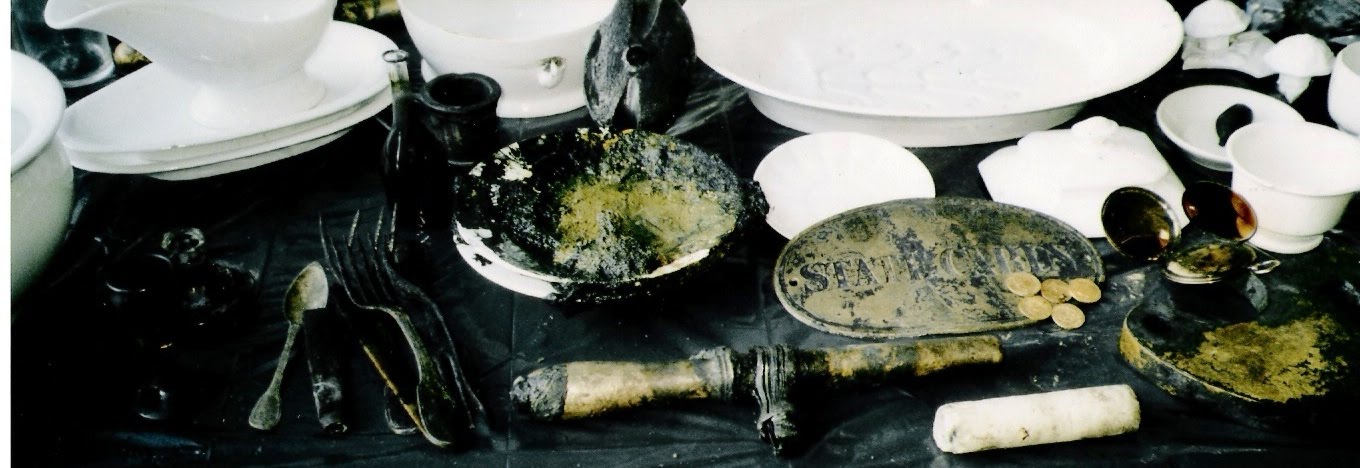Bob Berwyn -
A record-breaking Florida 2010 cold snap resulted in a 40 percent coral-tissue mortality rate for several important reef-building coral species — especially in shallow and near-shore reefs, according to the University of Miami researchers who carefully study the Florida Reef Tract.
The cold temperatures did more damage to coral reefs than warm-water events since 2005, which caused a less than one-percent tissue mortality rate. Coral species that had previously proven tolerant to higher-than-normal ocean temperatures were most affected by the cold-water event.The state’s corals grow in an area spanning about 160 miles from Miami to the Dry Tortugas. It’s the only living barrier reef in the continental U.S. and one of the northernmost areas for coral development. Corals have adapted to a specific temperature range and are typically not found in areas where water temperatures drop below 60 degrees.“It was a major setback,” said Diego Lirman, associate professor at the UM Rosenstiel School of Marine & Atmospheric Science. “Centuries-old coral colonies were lost in a matter of days. This was undoubtedly the single worst event on record for Florida corals,” said Liman, lead author of the study that was published last week in the August 2011 issue of the journal PLoS One.The chilly January temperatures caused the most catastrophic loss of corals ever recorded in Florida, according to members of the Florida Reef Resilience Program, a group comprised of Florida scientists and resource managers, after conducting a month-long survey of 76 reefs sites from Martin County to Key West, both during and shortly after the unusually cold weather.
Posted via http://batavia08.posterous.com batavia08's posterous
.jpg)
No comments:
Post a Comment